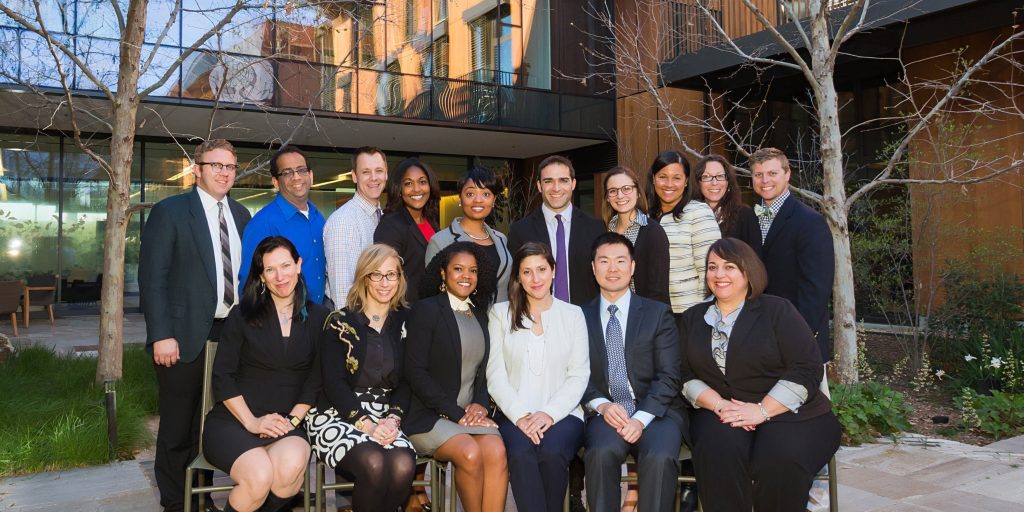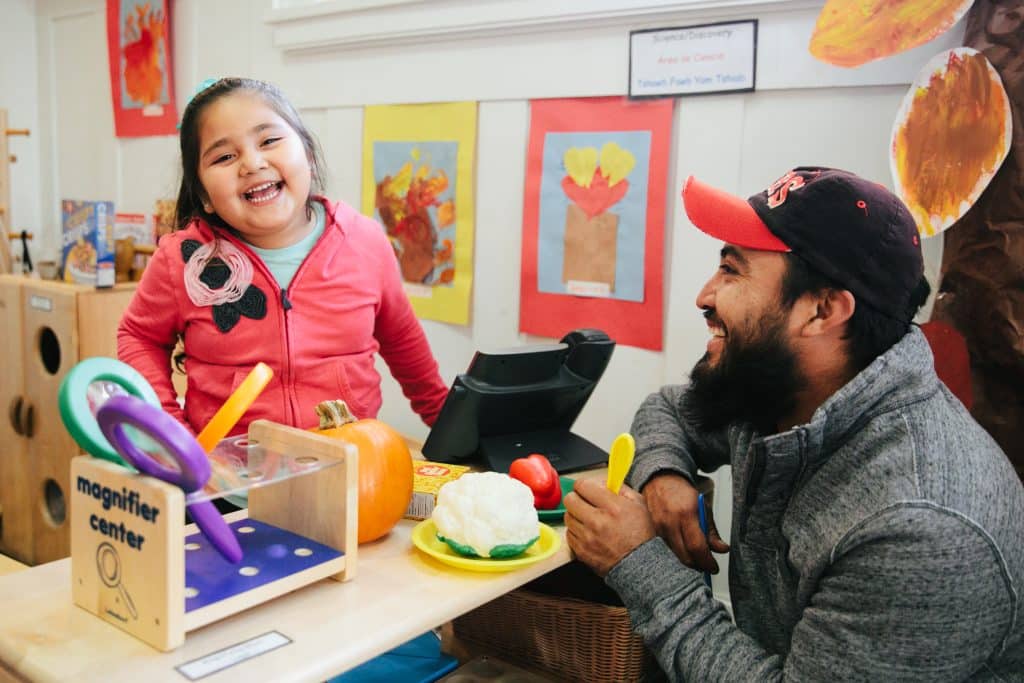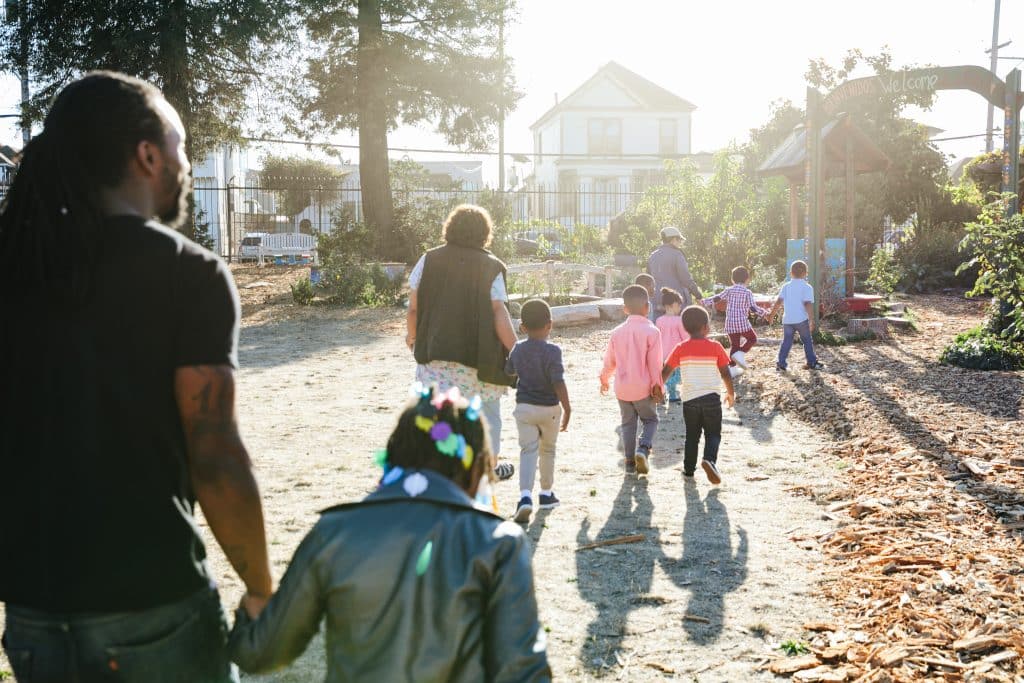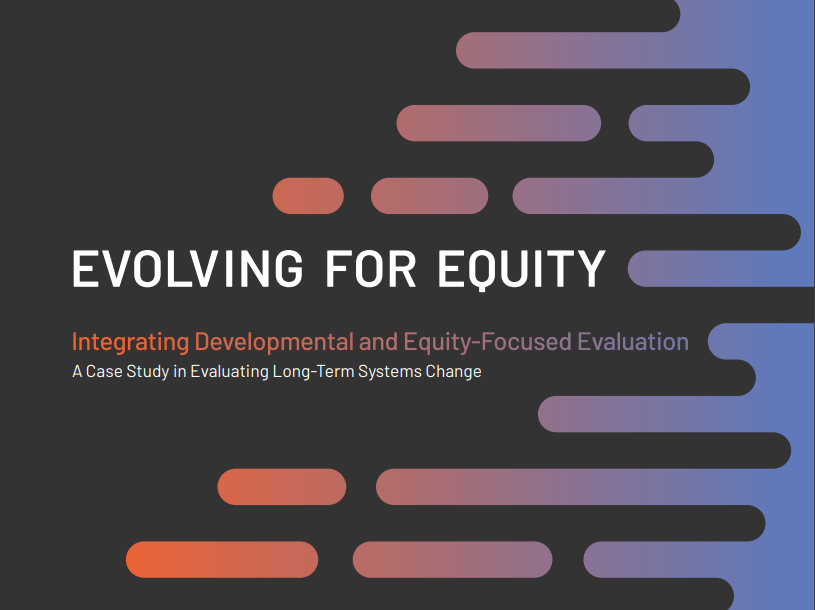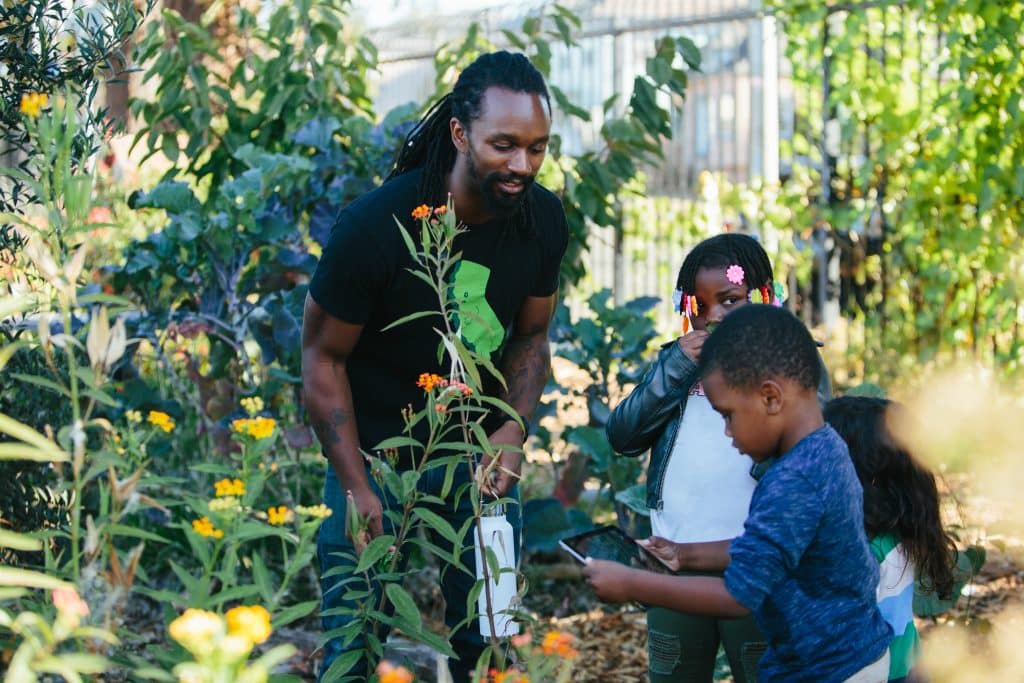Through passage of programs like Medicaid and the Children’s Health Insurance Program (CHIP), advocates are making it possible for families to achieve financial security without sacrificing essential health coverage.
Twelve-year-old Torian doesn’t like to sit still. His severe asthma keeps him from playing sports, so he is usually found zooming around on his hoverboard. His mother, Amber, never expected to see Torian moving so fast when he was diagnosed with asthma at age five. Torian takes four daily medications to keep his asthma at bay—the cost of which used to rival Amber’s monthly grocery bill.
But thanks to the Children’s Health Insurance Program (CHIP)—called Healthy Start in Ohio—Torian has access to quality, comprehensive health coverage. That means all Torian’s preventative care and prescriptions are covered, and Amber’s family no longer struggles each month under the massive weight of medical bills. Healthy Start has given Amber the financial freedom to go back to school to earn her degree in social work. She now has a job at a local nonprofit, and has achieved her dream of helping others in her community and providing financial security for her and her family.
Healthy Start is a critical piece of the equation when it comes to keeping Ohio’s 2.6 million children healthy. Every day, a bipartisan advocacy organization called Voices for Ohio’s Children works with policymakers on both sides of the aisle and in-state and national partners to preserve programs like CHIP for kids like Torian who need them most. CHIP helps families that earn too much to qualify for Medicaid but don’t have access to affordable coverage. CHIP, along with Medicaid, it has reduced the uninsured rate among America’s children to the lowest number in history.
Health insurance plays a critical role in making sure every kid is healthy and gets a strong start in life.
Voices for Ohio’s Children knows that children with access to health coverage are more likely to attend school and stay focused on learning, while uninsured children are five times more likely to have a delayed or unmet medical, dental, or vision need. Health insurance plays a critical role in making sure every kid is healthy and gets a strong start in life. And as Torian’s story shows, the benefits of health coverage for children extend to the classroom, enabling kids to spend more time in school and less time homesick.
Even with Ohio’s rate of uninsured children at an historic low, the work continues. More than 126,000 children in the state remain uninsured and securing coverage for these kids remains a priority for Voices for Ohio’s Children.
In 2015—the last time CHIP funding was up for renewal—Voices for Ohio’s Children took action by supporting nonpartisan education and open discourse to help public officials understand and embrace the benefits of health care coverage for children. Voices for Ohio’s Children shared stories of mothers in Ohio, like Amber, who were able to provide appropriate care for their children thanks to the program. The organization released reports, held press conferences, shared information on social media, and guided nonpartisan conversations with the governor of Ohio and state representatives to highlight the positive impact of CHIP. When the time came to vote on CHIP funding in Washington, legislators across the aisle voted nearly unanimously to continue the program.
“Our success with CHIP shows when you provide realistic solutions, people will support them,” says Brandi Slaughter, CEO of Voices for Ohio’s Children. “We’ve made progress on children’s health in Ohio because our organization is credible; we are authentic; we are team players.”
Together CHIP and Medicaid have made high-quality, cost-effective health care possible for millions of children.
Recent data show the national insurance rate for children is currently nearly 95 percent, the highest in history. Together CHIP and Medicaid have made high-quality, cost-effective health care possible for millions of children. Organizations are now looking ahead so they can protect and build on this foundation for good health and successful learning. By continuing this work, they hope to secure healthcare coverage for all children.
To learn more about Voices for Ohio’s Children, visit http://www.raiseyourvoiceforkids.org.
The librarians are seeing change beyond storytime. “We’re a building a community.”
Transforming Families, Caregivers, and Communities
The librarians are seeing change beyond storytime. “We’re a building a community,” Hug explains. Dubbs agrees, and is already seeing how the families at the Elmhurst branch are benefiting.
“These kids, they have a sense of community when they grow up in the library. Parents are able to do activities with their kids and they do them every day, they have a librarian to do it with them, they trade songs and stories with other people—they feel supported in playing, reading and singing with their children. They don’t have to do it solo.”
The program has also brought together neighbors in unexpected ways. Children and the adults in their lives are building friendships, despite language, racial or socioeconomic barriers. A camaraderie is developing between adults and families, tells Hug. “They’re interacting, their kids are becoming friends and having fun—sometimes even families leave the library to go to the park together after Play Café is done!”
And the effects are rippling out to not just affect toddlers. “Almost all those who come to [the program] were not library users before,” Hug explains. “Now they bring their older school-age kids and get library cards. They are using ESL resources themselves, they are checking out materials for themselves, connecting with other parents and caregivers they wouldn’t interact with otherwise. These families have everything to gain from all the things the library has to offer.”
Learning What Works
As Play Café continues to grow, the librarians are continuing to learn what works and adjust the program to best meet the needs of families in the community. They track the number of children and adults, both newcomers and returning visitors to the program, each week. They also detail their successes and teachable moments, from noting the capacity limitations of the room to identifying how helpful it is to explain the bilingual format of the songs and stories to newcomers.
And they are working with Harder+Company, a research group, to help them conduct interviews with the program attendees. They are hoping to learn what is working, what isn’t, and to discover the nuanced needs of the families the libraries serve. Over the course of the year-long grant, they’ll be conducting three rounds of 30 interviews to figure out what makes this program such a success, in hopes of replicating it in other libraries.
What’s Next
The group at OPL are excited about the possibility of growing past their own branches.
“I’d like to see us try it at other locations [in Oakland],” says Dubbs. “The playgroup model seems to work with people relaxing, talking with each other, playing with their kids. I want to figure out what is the magic mix [so we can] replicate it.”
Hug also wants to expand the project to Saturdays and to make it available to older kids and their families.
“We are still studying and working at it,” says Lindsay, “to see what’s scalable and replicable to see where we can continue. That’s the most exciting thing—we had some ideas, and they’re working!”
And they’ll have a chance to share that learning soon. Packard is bringing leaders from all four informal caregiver projects together so they can learn from one another, understand how caregivers benefit from support networks, and help Packard explore the benefits of this kind of flexible and experimental grant-making. They may also see if this kind of program could be scalable to other libraries across California.
But in the meantime, Hug, Dubbs and Lindsay have their hands full. “Nine people who came today heard about it from friends,” recalled Dubbs, “One person showed up with a baby and three year old and said, ‘I just got a text from a friend that something really fun is going on—so I’m here!’”
